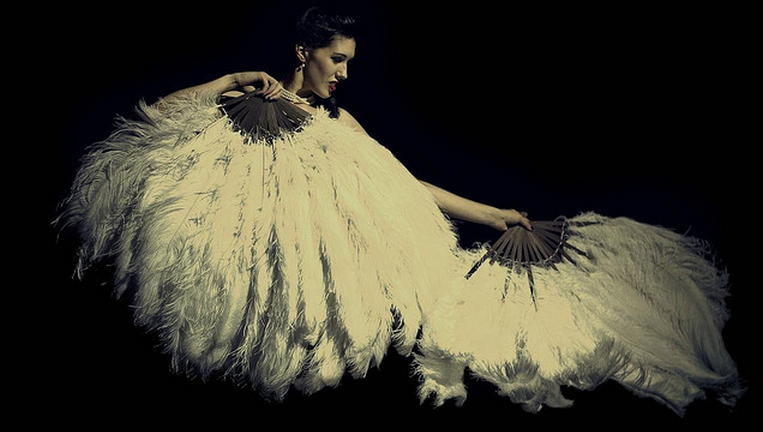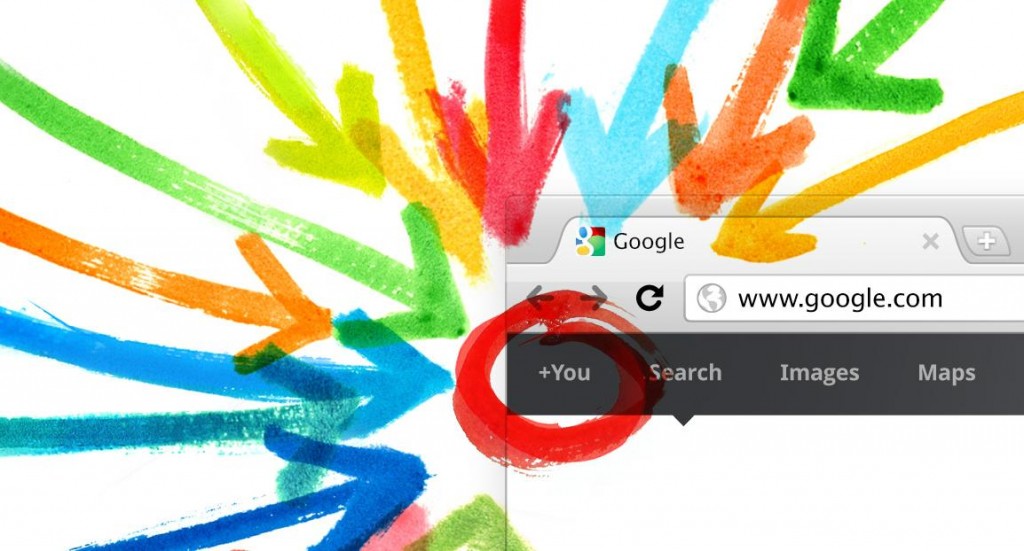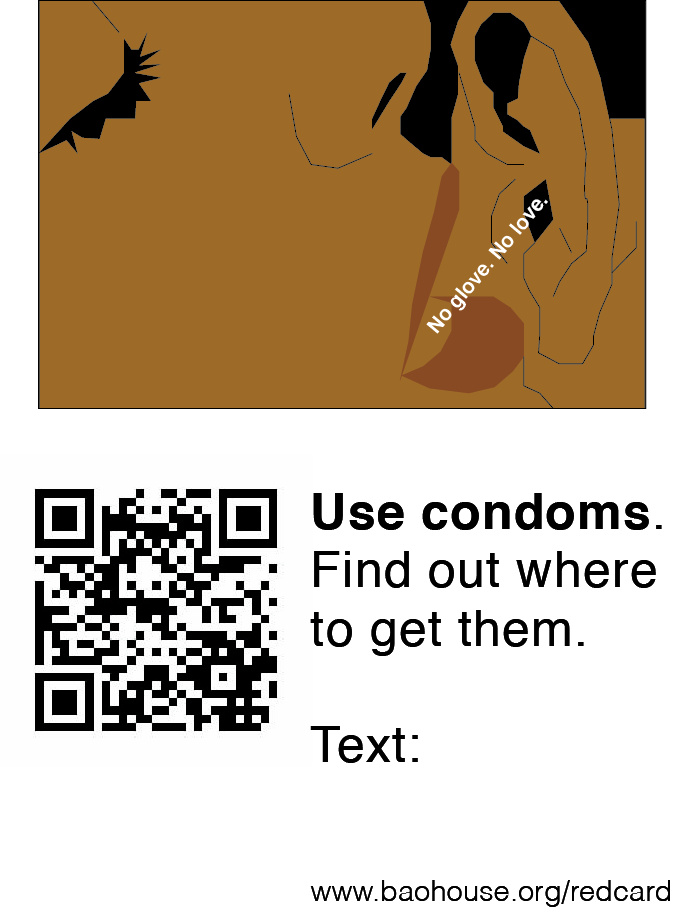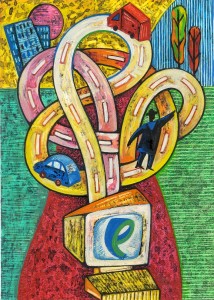This essay, like the one I posted last month on faux-vintage photography, is me hashing out ideas as part of my larger dissertation project on self-documentation and social media. Part II will argue that the media also overstate how public we have become, sensationalizing the issue to the point that the stigma associated with online imperfections erodes more slowly.  It is no stretch to claim that we have become more public with social media. By “public” I mean that we are posting (1) more pieces information about ourselves online in (2) new ways (see the Zuckerberg Law of Information sharing), and are doing so more (3) honestly than ever before. We are connected to the web more often, especially given the rise of smart phones, and new layers of information are being invented, such as “checking in” geographically. And gone are the days when you could be anyone you want to be online; today we know that online activities are augmented by the physical world. People are mostly using their real names on Facebook and nearly everything one does there has everything to do with the offline world.
It is no stretch to claim that we have become more public with social media. By “public” I mean that we are posting (1) more pieces information about ourselves online in (2) new ways (see the Zuckerberg Law of Information sharing), and are doing so more (3) honestly than ever before. We are connected to the web more often, especially given the rise of smart phones, and new layers of information are being invented, such as “checking in” geographically. And gone are the days when you could be anyone you want to be online; today we know that online activities are augmented by the physical world. People are mostly using their real names on Facebook and nearly everything one does there has everything to do with the offline world.
But we are not as public as this suggests. We need a balance to this so-called triumph of publicity and death of anonymity (as the New York Times and Zygmunt Bauman recently declared). “Publicity” on social media needs to be understood fundamentally as an act rife also with its conceptual opposite: creativity and concealment. And I am not talking just about those who use false identities on blogs (see Amina) and pseudonyms on Facebook, those with super-strict privacy settings or those who only post a selective part of their multiple identities (though, I am talking about these folks, too). My point applies to even the biggest oversharers who intimately document their lives in granular detail.
I’ll describe below how each instance of sharing online is done so creatively instead of as simple truth-telling, but will start first by discussing how each new piece of information effectively conceals as much as it reveals. more...







